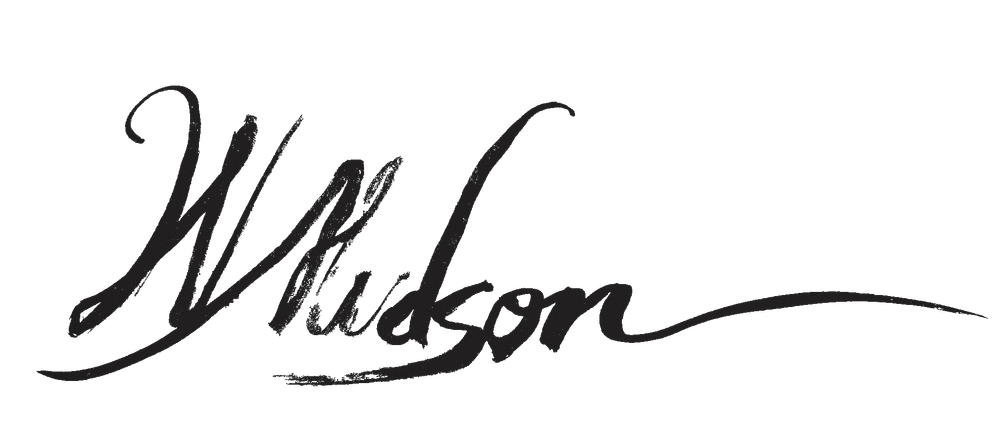My portfolio is full of cityscapes and figurative studies,but missing are the landscapes. I have travelled to this place in Scotland to see if I can change that, to see what impact these dramatic spaces might have on my creativity and what direction my artwork could go when I return to the studio.
Please note however, there are landscapes, and then there are, well- the Scottish Highlands. The region offers some of the most impressive scenery on planet earth. In Anne Sheppard’s prominent textbook, Aesthetics: An Introduction to the Philosophy of Art, the professor from the University of London submits the Scottish Highlands as an example of pure and irrefutable beauty. Standing amidst them now, I am confident that she shall get no argument from me.
Glencoe epitomizes Sheppard’s point, so my party and I parked our vehicle there and proceeded on foot to explore the glen.
A volcanic explosion of unfathomable proportions created Glencoe around 500 million years ago, but it feels somehow newly born. That sentiment is accompanied by some disorientation in regards to time; the landscape is grandly Mesolithic. The fanfare of beaming light, swirling air and cascades of water evoke a feeling of genesis. Hiking the steep terrain, I lose my friends for a moment. A careful scan locates them following me up, however, they are so tiny in relationship to their colossal backdrop that they’re easily lost again.
I reach a vantage point where I can observe the panorama. My strategy is to create photo references to take back to my studio.Those images, combined with the memories of the environment, will inform my actions on the canvas. Yet, as I progress I can’t help wondering what it would be like to create the artwork en plein air, a strategy employed by the Glasgow Boys in the late 1800’s. One gust of cold air, however, suggests that it would be challenging- even for a Scottish impressionist. Instead, I collect my digital reference material and then simply observe, focus, and attempt to absorb a bit of Glencoe.
In reality, Glencoe has already captured my imagination. It is the birthplace of the mythological figure, Ossian (in the 3rd century), who was the epic poet that, through the work of James McPherson, inspired entire movements in art and literature. What’s more, the glen is said to be haunted by a multitude of tragic spirits. That’s not surprising considering the brooding and ominous character of the landscape. One of those phantoms is referred to as the caoineag, a weeping spirit whose cries in the night are a harbinger of doom. I’m told those cries were heard in the weeks leading up to the infamous Glencoe Massacre of 1691 in which the MacDonald clan were slaughtered in their sleep by their guests, members of the Campbell clan. Here and across Scotland, this macabre event has been canonized with monuments, music and painting. In fact, one historical painting, Massacre of Glen Coe 1886, by James Hamilton is part of the permanent collection at the Kelvingrove Art Gallery and Museum in Glasgow.
For me, these events combined with my experiences and collection of references may come together to inspire a painting. Only some quality time in the studio will tell, but with luck perhaps I’ll be able to add a landscape to my portfolio.
Massacre of Glen Coe, 1883-86, James Hamilton oil on canvas








